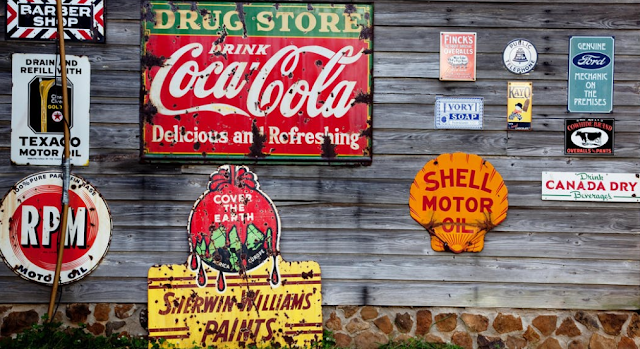Food and Beverage Industry Spotlight: Design Patents
The food and beverage industry differs from many other industries in terms of building an intellectual property portfolio, as much of the product development surrounds recipe development, and recipes typically end up falling under trade secret protection rather than patent protection. However, this does not mean that intellectual property aspects of a food and beverage business are not able to be protected under patent law.
On the contrary, many aspects of food and beverage businesses may involve intellectual property that is patent eligible, and obtaining patents for these aspects of food and beverage businesses may prove to be a helpful protection strategy.
Two main types of patent eligible property that tend to be developed in food and beverage businesses are utility related and design related intellectual property. As described by the USPTO, “a ‘utility patent’ protects the way an article is used and works (35 U.S.C. 101), while a ‘design patent’ protects the way an article looks (35 U.S.C. 171).”
Seeking design patent protection may be particularly beneficial for a food and beverage business, as the look and feel of a product draws consumers to the product and helps consumers to remember the product in the future. Protecting the appearance of a product’s packaging may help a food and beverage business to protect their identity, even if copy cats mimic the recipe of the product.
Coca-Cola is an excellent and famous example of a company in the food and beverage industry utilizing design patents to protect against competitors attempting to copy their product. In the early 1900s, Coca-Cola was rapidly growing in popularity, and with this rise in popularity, products imitating the famous Coca-Cola product also entered the market.
In an attempt to prevent customer confusion and maintain their brand identity, The Coca-Cola Company asked for help in developing a bottle that would enable someone to identify their product by touch. So if someone were to grab a bottle of soda from an ice chest, for example, they would be able to tell which bottles were the Coca-Cola bottles without actually seeing the labels or the entire bottle.
The resulting design was a bottle by the Root Glass Company with the iconic contoured Coca-Cola bottle shape that we still associate with Coca-Cola today. A design patent for the contoured bottle shape was obtained in 1915, and this design patent prevented competitors from imitating the shape of the Coca-Cola bottle as The Coca-Cola Company built their identity around the contoured bottle shape. So even though Coca-Cola’s product is a beverage, design patent protection proved to be a key business strategy to distinguish Coca-Cola from the competition.
As shown in this case, though you may have a business in the food and beverage industry, there are still many options aside from trade secret to consider when developing your intellectual property portfolio, including design patent protection. In some cases, the package design may be more helpful in protecting your product from the competition than the recipe!
On the contrary, many aspects of food and beverage businesses may involve intellectual property that is patent eligible, and obtaining patents for these aspects of food and beverage businesses may prove to be a helpful protection strategy.
Two main types of patent eligible property that tend to be developed in food and beverage businesses are utility related and design related intellectual property. As described by the USPTO, “a ‘utility patent’ protects the way an article is used and works (35 U.S.C. 101), while a ‘design patent’ protects the way an article looks (35 U.S.C. 171).”
Seeking design patent protection may be particularly beneficial for a food and beverage business, as the look and feel of a product draws consumers to the product and helps consumers to remember the product in the future. Protecting the appearance of a product’s packaging may help a food and beverage business to protect their identity, even if copy cats mimic the recipe of the product.
Coca-Cola is an excellent and famous example of a company in the food and beverage industry utilizing design patents to protect against competitors attempting to copy their product. In the early 1900s, Coca-Cola was rapidly growing in popularity, and with this rise in popularity, products imitating the famous Coca-Cola product also entered the market.
In an attempt to prevent customer confusion and maintain their brand identity, The Coca-Cola Company asked for help in developing a bottle that would enable someone to identify their product by touch. So if someone were to grab a bottle of soda from an ice chest, for example, they would be able to tell which bottles were the Coca-Cola bottles without actually seeing the labels or the entire bottle.
The resulting design was a bottle by the Root Glass Company with the iconic contoured Coca-Cola bottle shape that we still associate with Coca-Cola today. A design patent for the contoured bottle shape was obtained in 1915, and this design patent prevented competitors from imitating the shape of the Coca-Cola bottle as The Coca-Cola Company built their identity around the contoured bottle shape. So even though Coca-Cola’s product is a beverage, design patent protection proved to be a key business strategy to distinguish Coca-Cola from the competition.
As shown in this case, though you may have a business in the food and beverage industry, there are still many options aside from trade secret to consider when developing your intellectual property portfolio, including design patent protection. In some cases, the package design may be more helpful in protecting your product from the competition than the recipe!





